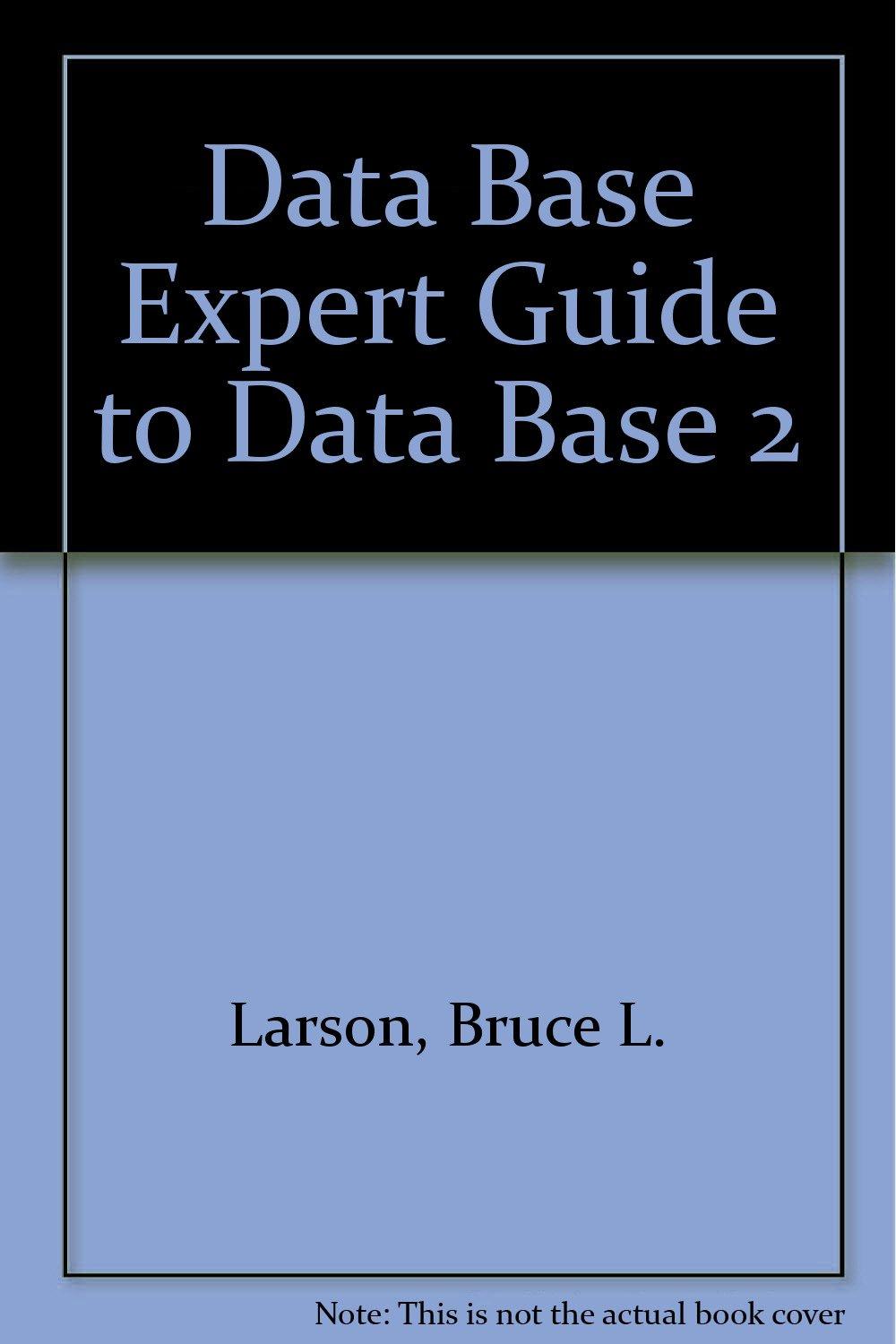Question
How to change the following floating pomint FFT.c into a fixed point FFT.c? fft.h is provided. fft.h: /* This function calculates the Fourier Transform of
How to change the following floating pomint FFT.c into a fixed point FFT.c? fft.h is provided.
fft.h:
/*
This function calculates the Fourier Transform of the sampled input using the Cooley-Tukey algorithm.
before this function is entered,
the static array q must be filled with the floating point values of the sampled input;
w must be a static zero filled array of size samples;
new_ and new_im must be static arrays of size samples;
the functions mult_re, mult_im, sine and cosine must be defined;
Inputs
q - the real part of the sampled input
w - zero filled array used for the imaginary part of the input
n - the number of samples
m - the power of 2 that equals n
f_sample - the sampling frequency
after the function has completed,
q will contain the real parts of the Fourier Transformed values of the input;
w will contain the imaginary parts of the Fourier Transformed values of the input;
the begining half of new_ will contain the squared magnitudes of the first half of the output;
place will contain the bin number containing the greatest squared magnitude;
max will contain the value of the largest squared magnitude;
Returns
frequency - the frequency of the input
*/
#ifndef FFT_H
#define FFT_H
#define PI 3.141592//65358979323846
float fft(float* q, float* w, int n, int m, float sample_f);
#endif
fft.c:
#include "fft.h"
#include "complex.h"
#include "trig.h"
static float new_[128];
static float new_im[128];
float fft(float* q, float* w, int n, int m, float sample_f) {
int a,b,r,d,e,c;
int k,place;
a=n/2;
b=1;
int i,j;
float real=0,imagine=0;
float max,frequency;
// ORdering algorithm
for(i=0; i<(m-1); i++){
d=0;
for (j=0; j for (c=0; c e=c+d; new_[e]=q[(c*2)+d]; new_im[e]=w[(c*2)+d]; new_[e+a]=q[2*c+1+d]; new_im[e+a]=w[2*c+1+d]; } d+=(n/b); } for (r=0; r q[r]=new_[r]; w[r]=new_im[r]; } b*=2; a=n/(2*b); } //end ordering algorithm b=1; k=0; for (j=0; j //MATH for(i=0; i if (i%(n/b)==0 && i!=0) k++; real=mult_real(q[i+1], w[i+1], cosine(-PI*k/b), sine(-PI*k/b)); imagine=mult_im(q[i+1], w[i+1], cosine(-PI*k/b), sine(-PI*k/b)); new_[i]=q[i]+real; new_im[i]=w[i]+imagine; new_[i+1]=q[i]-real; new_im[i+1]=w[i]-imagine; } for (i=0; i q[i]=new_[i]; w[i]=new_im[i]; } //END MATH //REORDER for (i=0; i new_[i]=q[2*i]; new_[i+(n/2)]=q[2*i+1]; new_im[i]=w[2*i]; new_im[i+(n/2)]=w[2*i+1]; } for (i=0; i q[i]=new_[i]; w[i]=new_im[i]; } //END REORDER b*=2; k=0; } //find magnitudes max=0; place=1; for(i=1;i<(n/2);i++) { new_[i]=q[i]*q[i]+w[i]*w[i]; if(max < new_[i]) { max=new_[i]; place=i; } } float s=sample_f/n; //spacing of bins frequency = (sample_f/n)*place; //curve fitting for more accuarcy //assumes parabolic shape and uses three point to find the shift in the parabola //using the equation y=A(x-x0)^2+C float y1=new_[place-1],y2=new_[place],y3=new_[place+1]; float x0=s+(2*s*(y2-y1))/(2*y2-y1-y3); x0=x0/s-1; if(x0 <0 || x0> 2) { //error return 0; } if(x0 <= 1) { frequency=frequency-(1-x0)*s; } else { frequency=frequency+(x0-1)*s; } return frequency; }
Step by Step Solution
There are 3 Steps involved in it
Step: 1

Get Instant Access to Expert-Tailored Solutions
See step-by-step solutions with expert insights and AI powered tools for academic success
Step: 2

Step: 3

Ace Your Homework with AI
Get the answers you need in no time with our AI-driven, step-by-step assistance
Get Started


